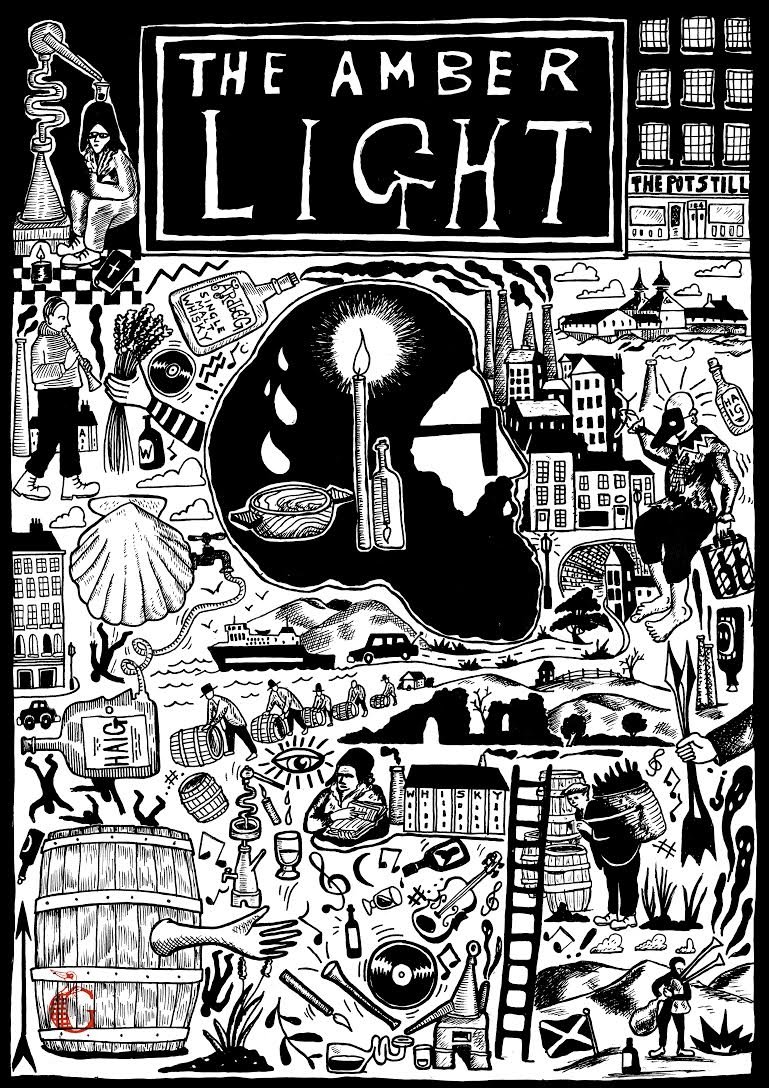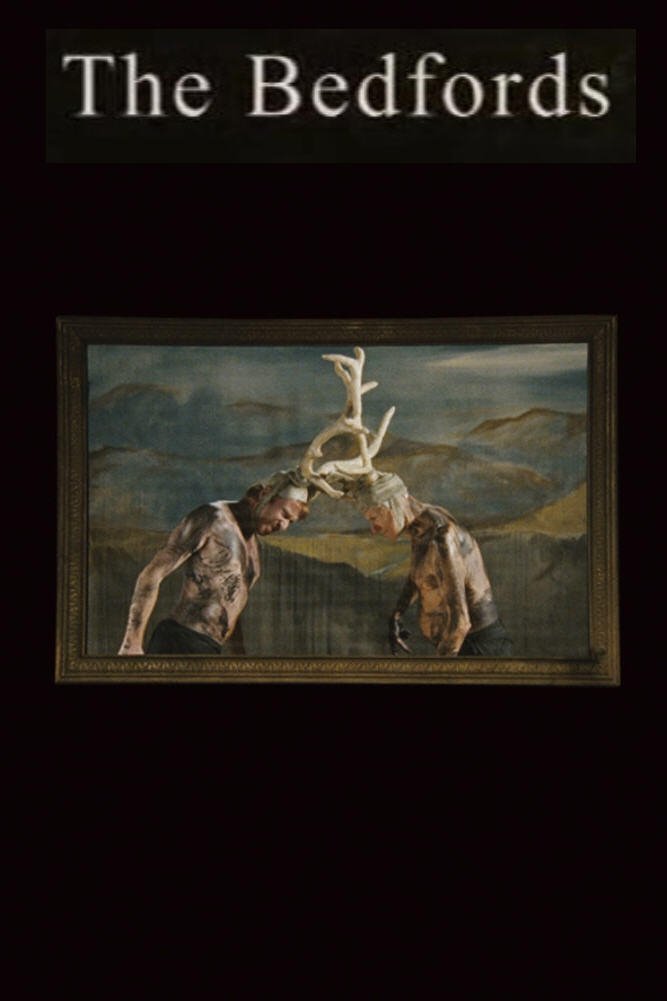

The story of whisky has been told many times. But this film takes a different view, showing how it has been shaped by geology and climate, by tales told on the side of the road and in the corners of pubs. Whisky is a product of folklore and myth, of music and alchemy, of chance rather than design. This is the twisting, shifting and multi-layered tale. In this journey through the lesser-known parts of Scottish whisky culture, we follow spirits writer Dave Broom on his quest to gain a deeper understanding of his national drink. While whisky has never been as popular, it is often seen in the context of being a brand which sits outside people’s lives. It’s often thought of as a drink which speaks of the past rather than engaged with a dynamic present.

Alasdair Gray is one of the giants of Scottish Arts, gaining a reputation as a great writer, artist, notorious drunkard, irascible interviewee and controversial essayist. In this intimate portrait, filmed over the course of 15 years, he has allowed himself to be filmed creating work that has become part of the living heritage of Scotland. This feature length documentary gets behind the hype, revealing a character who is by turns incisive, chaotic and laugh out loud funny. There is no one better that Alasdair if you want to understand the cultural drive for independence.

The Bedfords tells the story of Sir Edwin Landseer, a famed artist and favourite portrait painter of Queen Victoria. The film opens on Landseer as he travels from his studio in London to the Highlands of Scotland to visit The Bedford family whose portrait he has been commissioned to paint. After the long coach journey north Landseer awakes and makes a sleepy entrance to the Highland home of The Bedfords. The domineering Duke of Bedford welcomes Landseer as the family gather in the drawing room to meet this famous London artist, a celebrity of his day.
Alasdair Gray adapts the Robert Louis Stevenson story of the same name.
Alasdair James Gray (28 December 1934 – 29 December 2019) was a Scottish writer and artist. His first novel, Lanark (1981), is seen as a landmark of Scottish fiction. He published novels, short stories, plays, poetry and translations, and wrote on politics and the history of English and Scots literature. His works of fiction combine realism, fantasy, and science fiction with the use of his own typography and illustrations, and won several awards.
By browsing this website, you accept our cookies policy.